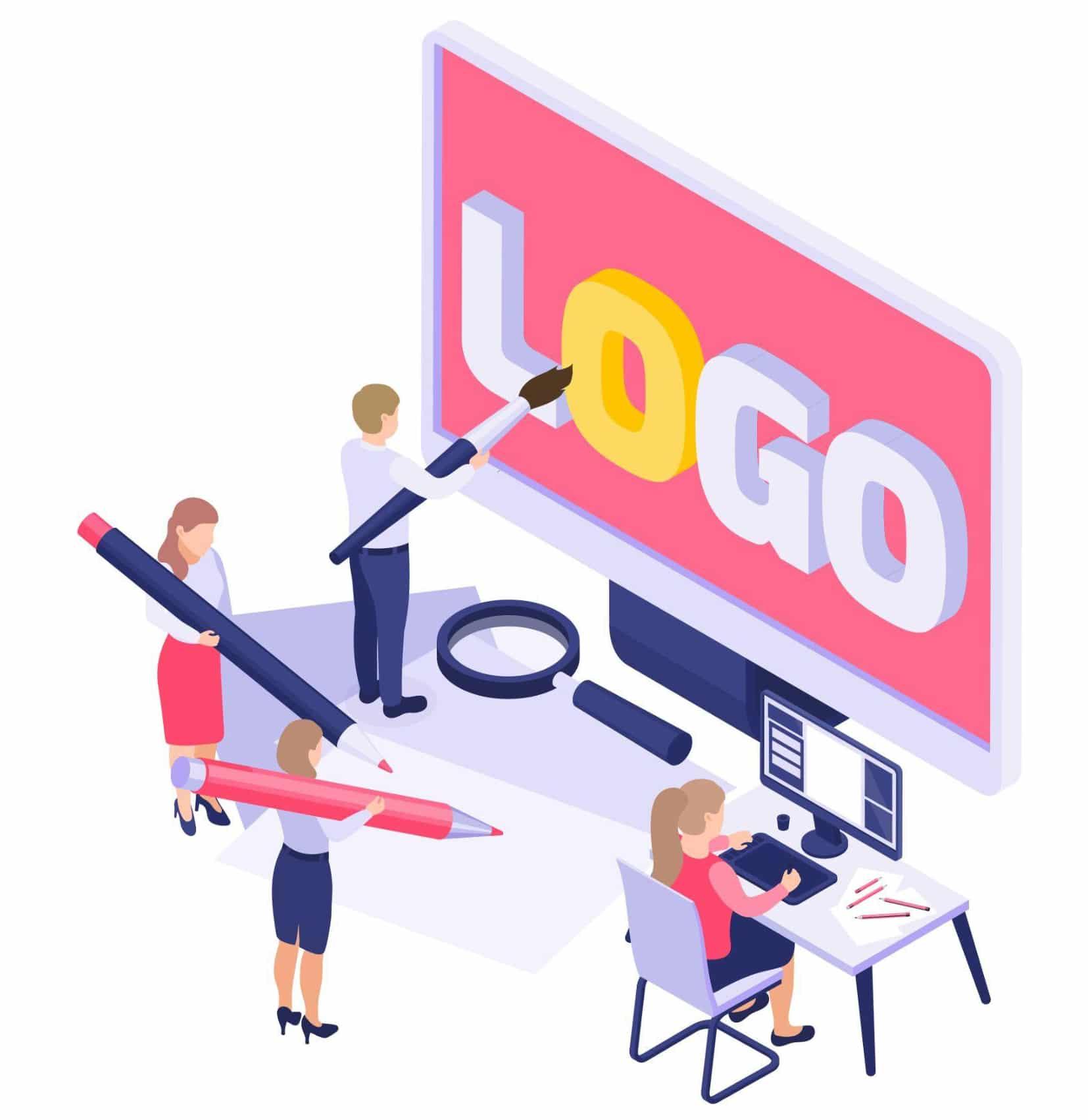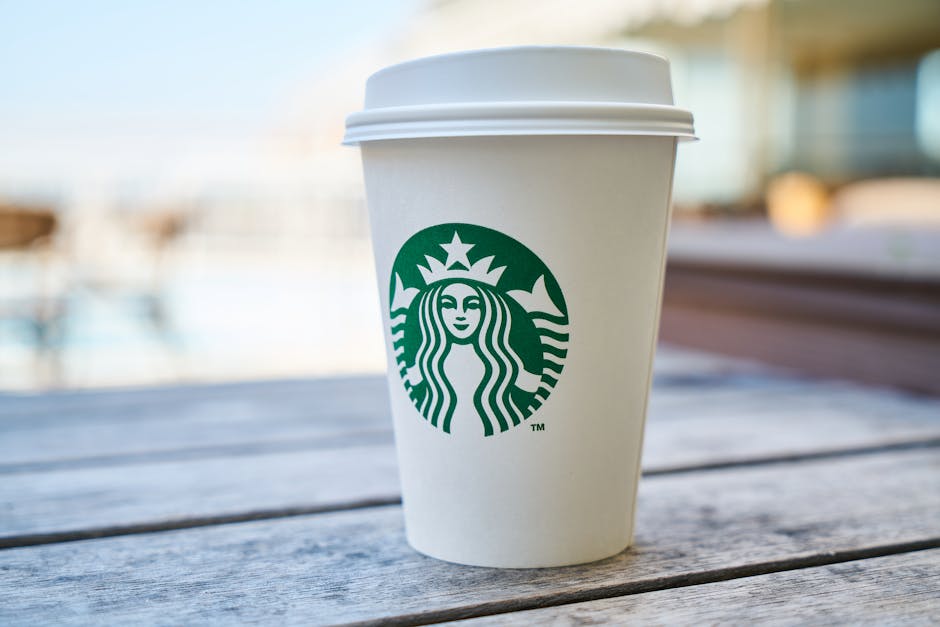
Have you ever looked at a logo and thought, ”Wow, that logo really tells a story”? Well, buckle up, because we’re about to take you on a wild ride through the world of narrative logos. Get ready to unveil the art of crafting logos that not only make you look twice, but also make you chuckle or even shed a tear (of joy, hopefully). So grab your magnifying glass and get ready to decode the hidden messages behind some of the most iconic logos in the business. Let’s dive into the world of storytelling through design!
Understanding the Importance of Narrative Logos
Picture this: you’re walking down the street, minding your own business, when suddenly you see a logo that stops you dead in your tracks. It’s not just any logo - it’s a narrative logo. A logo that tells a story, captures your attention, and leaves a lasting impression. But why are narrative logos so important?
Well, for starters, narrative logos are like the fairy tales of the design world - they draw you in, spark your imagination, and make you feel something. They’re not just a random collection of shapes and colors; they have depth, meaning, and purpose. In a world filled with endless brands vying for your attention, a narrative logo sets you apart and helps you stand out from the crowd.
Think about it: would you rather be known as the brand with a boring, forgettable logo, or the brand with a captivating, memorable logo that people can’t stop talking about? The answer is clear. A narrative logo is your secret weapon in the battle for brand recognition and customer loyalty. It’s like having a superpower that instantly connects you with your audience and leaves a lasting impression in their minds.
So next time you’re designing a logo, remember the power of storytelling. Incorporate elements that resonate with your brand’s values, mission, and personality. Use symbolism, imagery, and clever design techniques to create a logo that speaks volumes without saying a word. In a world where attention spans are shorter than ever, a narrative logo is your ticket to making a lasting impact and winning the hearts of your audience. Don’t just design a logo; tell a story that leaves a lasting legacy.
Crafting a Compelling Story through Logo Design
When designing a logo, it’s important to remember that it’s not just about colors, fonts, and shapes. You are actually telling a story through your logo. Here are some tips on how to craft a compelling narrative through logo design:
- Know your audience: Before you start designing, make sure you understand who your target audience is. What do they like? What will appeal to them? Incorporating elements that resonate with your audience will help your logo stand out.
- Keep it simple: Don’t overcomplicate things. A cluttered logo can confuse viewers and dilute your message. Remember, less is more!
- Use symbolism: Symbols can convey a message quickly and effectively. Whether it’s a hidden meaning or a nod to your company’s history, adding symbolism to your logo can create intrigue and engage your audience.
Ultimately, the goal of your logo is to create a connection with your audience. By , you can make your brand more memorable and leave a lasting impression on your customers. So, grab your design tools and start weaving a tale that will capture hearts and minds!

Creating Emotional Connections with Customers
When it comes to , it’s all about making them feel special, understood, and valued. Here are some fun ways to achieve this:
- Show genuine interest – Ask your customers about their day, their interests, and their preferences. Remembering small details can go a long way in making them feel appreciated.
- Personalize the experience – Tailor your interactions to each individual customer. Whether it’s addressing them by their name or recommending products based on their past purchases, personalized service will make them feel like you truly care.
- Surprise and delight - Go the extra mile to exceed your customers’ expectations. Whether it’s offering a freebie, a discount, or a handwritten thank-you note, surprise gestures can leave a lasting impression.
Remember, emotional connections are not just about the product or service you provide. It’s about the human touch, the empathy, and the personal connection you establish with your customers. So, put on your best smile, engage with them wholeheartedly, and watch those emotional bonds strengthen!

Utilizing Symbolism to Reflect Brand Values
When it comes to branding, using symbolism can be a powerful way to communicate your brand values without saying a word. By strategically incorporating symbols into your marketing materials, you can create a strong emotional connection with your audience and differentiate yourself from competitors.
Here are some fun ways you can utilize symbolism to reflect your brand values:
- Animal Symbols: Choose an animal that embodies the qualities you want your brand to represent. Does your brand value loyalty? Use a dog symbol. Want to convey power and strength? Go with a lion.
- Nature Symbols: Incorporating elements of nature like mountains or trees can evoke a sense of sustainability and eco-friendliness. Plus, who doesn’t love a good tree-hugging brand?
- Color Symbols: Use color psychology to your advantage. Red can convey passion and energy, while blue can represent trust and reliability. Just make sure your logo doesn’t accidentally scream “danger” or “cold and heartless.”
Remember, symbolism is all about creating subconscious associations, so make sure the images you choose align with your brand’s personality and values. Don’t just slap a random symbol on your website and call it a day. Put some thought and strategy into it, and watch as your brand’s identity comes alive in the eyes of your customers.

The Psychology Behind Memorable Logo Narratives
Understanding is like diving into the twisted minds of marketing geniuses. These masterminds carefully craft logos that not only represent a brand but also tell a compelling story. Here’s a peek into the fascinating world of logo narratives:
One of the key elements of a memorable logo narrative is simplicity. A simple logo can speak volumes without overwhelming the audience. It’s like telling a joke with just a few words – the impact is immediate and unforgettable. Think of the Nike swoosh or Apple’s iconic bitten apple – they are simple yet powerful symbols that speak volumes about the brand.
Color psychology plays a crucial role in creating a memorable logo narrative. Colors have the power to evoke emotions and convey messages subconsciously. For example, red is often associated with passion and energy, while blue symbolizes trust and reliability. When choosing the right colors for a logo, marketers carefully consider the emotions they want to evoke in their audience.
Another important aspect of logo narratives is consistency. A consistent logo design helps build brand recognition and loyalty. Imagine if the McDonald’s golden arches suddenly turned into a purple star – it would confuse and alienate customers. Consistency in logo design is like wearing the same outfit to a party – it makes you instantly recognizable and familiar.
Strategies for Crafting a Unique and Impactful Narrative Logo
When it comes to crafting a unique and impactful narrative logo, there are a few key strategies you can employ to ensure your brand stands out from the rest. Here are some tips to help you create a logo that tells a story:
FAQs
How can I create a narrative logo that truly stands out?
To create a narrative logo that truly stands out, you’ll want to focus on telling a compelling story through your design. Think about the values and personality of your brand and how you can translate that into visual elements. Consider using symbolism or hidden meanings to add depth to your logo.
What role does color play in crafting a narrative logo?
Color can play a huge role in crafting a narrative logo. Different colors can evoke different emotions and associations, so it’s important to choose colors that align with the story you want your logo to tell. Consider the cultural significance of colors and how they can enhance the message of your logo.
How important is it to consider typography when designing a narrative logo?
Typography is crucial when designing a narrative logo. The font you choose can convey a lot about your brand’s personality and style. Consider using custom typography to make your logo truly unique and reflective of your brand’s identity.
What are some common mistakes to avoid when crafting a narrative logo?
Some common mistakes to avoid when crafting a narrative logo include being too literal with your storytelling, using clichéd symbols or imagery, and overcrowding your design with unnecessary elements. Keep your logo simple, impactful, and true to your brand’s identity.
How can I ensure that my narrative logo resonates with my target audience?
To ensure that your narrative logo resonates with your target audience, it’s important to research and understand the preferences and tastes of your demographic. Consider conducting focus groups or surveys to gather feedback on your design and make adjustments as needed. Ultimately, your logo should speak to the values and aspirations of your audience.
Craft Your Story, Craft Your Success
Now that you’ve delved into the art of crafting narrative logos, it’s time to put your newfound skills to the test. As you embark on your logo design journey, remember that every brand has a story to tell – and it’s up to you to bring that story to life through your creative and impactful designs.
So, grab your pen, your sketch pad, and unleash your inner storyteller. Craft logos that not only represent a brand’s identity but also weave a captivating tale that will leave a lasting impression on consumers.
Remember, when it comes to crafting narrative logos, the only limit is your imagination. So go forth, fellow creators, and let your logos tell the stories that will captivate and inspire. Happy crafting!










